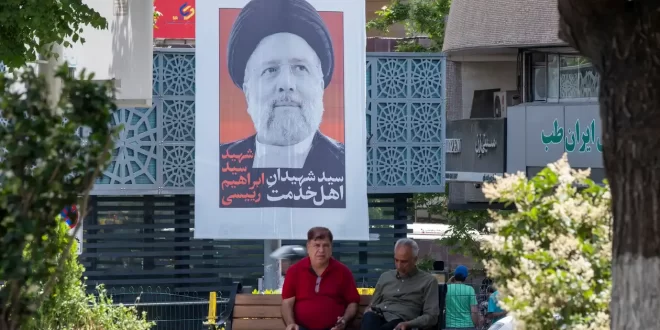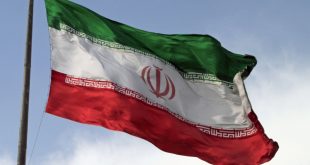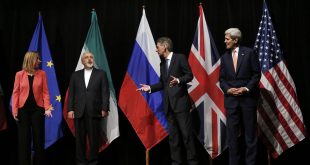- Iran says it will produce 4m bpd
- Sceptics say it is an election ploy
- Exports using a ‘shadow fleet’
Iran has said it intends to raise its oil output to 4 million barrels per day from about 3.5 million bpd currently.
Industry experts are sceptical about Tehran’s ambitions and say the announcement may be motivated by forthcoming elections.
Javad Owji, the Iranian minister of petroleum, said on Thursday that 23 oil industry projects – upstream and downstream – with a total investment of $4.6 billion had been completed and will go operational in the “near future,” according to the news agency Shana.
Iran has never achieved such a high volume of oil production, even before the US imposed heightened sanctions in 2018. It is not clear how and in what timeframe Tehran plans to complete the upgrade, analysts said.

Newsletter
Get the Best of AGBI delivered straight to your inbox every week
“Politics and incoming elections play an important role in the announcement,” Francesco Sassi, a researcher at Ricerche Industriali ed Energetiche in Bologna, told AGBI.
Presidential elections in Iran are due to take place at the end of June following the death of Ebrahim Raisi in a helicopter crash in May.
Iran, the third largest Opec producer, currently produces around 3.55 million bpd, according to Facts Global Energy (FGE), an analysis company that estimates Iran’s crude output capacity at 3.8-3.9 million bpd.
- As Iran mourns, questions about its oil remain
- Oil prices steady following death of Iranian president
- Opec+ – if it ain’t broke, don’t fix it
Over the first three months of this year, Iran’s crude exports reached 1.5 million bpd – the highest level in six years. Almost all of it was sent to China, earning $35 billion, despite US and European Union sanctions.
In total, including condensates, exports amounted to around 2.3 million bpd, FGE estimates.
To raise its exports, Iran will have to find new buyers or higher demand from existing clients in China, said Iman Nasseri, FGE’s managing director for the Middle East, “perhaps offering wider discounts like those it offered in the second half of 2022 and the first half of 2023”.
Shadow fleet
Iranian fuel is mainly transported by a shadow fleet and sent to unidentified buyers. Nasseri said that Iran’s crude exports to China are often rebranded as coming from other countries such as Iraq, Oman and Malaysia.
FGE estimates that Venezuela imported more than 100,000 bpd of Iranian heavy crude in March for use as a blendstock, compensating for the falling supply of domestic grades. Syria imported 30,000 bpd in March.
Meanwhile, demand in China, the world’s largest crude importer, shows signs of weakening. According to a report released this week by the China National Petroleum Corp Economics and Technology Research Institute in Beijing, Chinese demand for petroleum products may peak in 2025 as the country embraces green energy.
“Iran has contributed to an oversupplied market so far this year,” said Matt Stanley, an energy expert at Kpler, a data and analytics company.
An eventual increase in Iranian crude output may impact Opec output policy. Iran is an Opec member but is not bound by the cartel’s quotas.
But analysts said that constraints, including financial and technical limitations, a shortage of skilled personnel, outdated technology and difficulties in securing onshore and offshore rigs, hinder Iran’s ability to expand production.
Iran also faces the challenge of balancing domestic energy consumption with exports.
Credibility is another challenge. Although the Biden administration has relaxed its control over Iran’s oil sales, a future US government may tighten the screws.
“Domestic critics question the government’s claims of achievements, noting that these have not translated into improved economic conditions for the population,” said Umud Shokri, an energy strategist and fellow at George Mason University. https://www.agbi.com/analysis/oil-and-gas/2024/06/iran-needles-the-west-with-its-growing-oil-production-goals/





